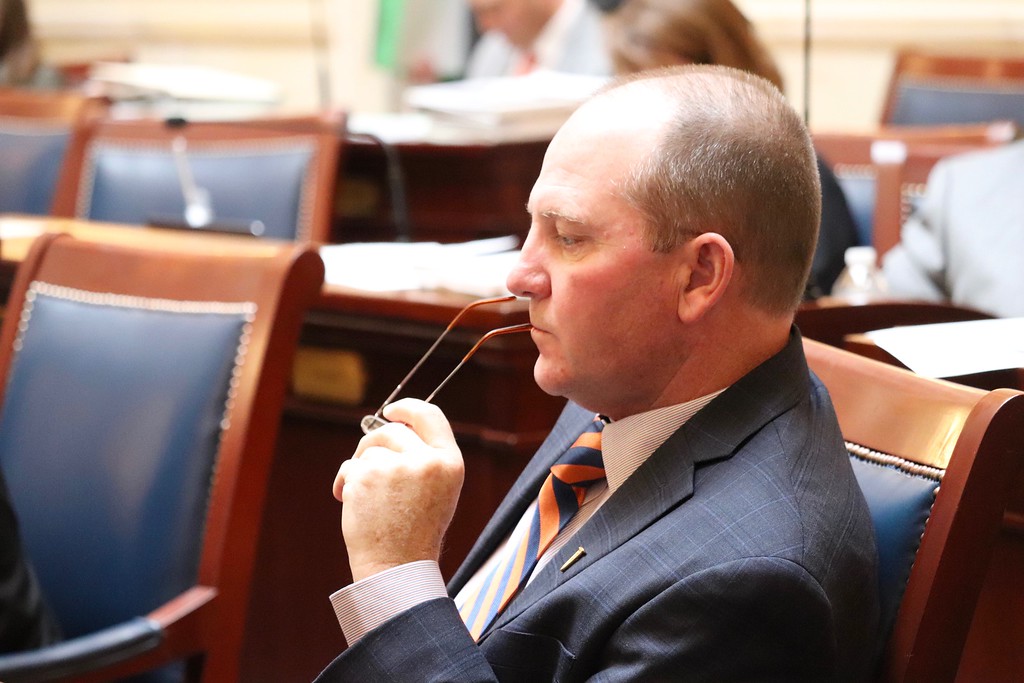 HB 220, sponsored by Sen. Scott Sandall, proposes clarification, oversight and a path forward for waste disposal.
HB 220, sponsored by Sen. Scott Sandall, proposes clarification, oversight and a path forward for waste disposal.
-
Clarifies, for purposes of depleted uranium (DU) and other waste classification, waste is classified at time of acceptance. This is our current state, industry and Nuclear Regulatory Commission (NRC) standard
-
Allows for site-specific, performance-based waste acceptance model focusing on scientific, health and environmental safety, as opposed to outdated generic classification tables developed in 1981
-
Creates a legislative review process required for all waste approvals using the new, site-specific model
-
Reaffirms existing powers of the Waste Management and Radiation Control Board to make regulatory rules
-
Clearly defines that an approved performance assessment must be completed for disposal of DU
-
Establishes a requirement for the United States Department of Energy to take responsibility for the waste in perpetuity
-
Requires a tax of 12% be paid on all DU waste
It’s important to note to bill does not approve DU to be disposed of in Utah. Those decisions will still require an approved site-specific performance assessment and further discussion among the Department of Energy (DOE), the state of Utah and EnergySolutions to reach an agreement on long-term stewardship of nuclear waste. The bill also continues to focus regulatory efforts on disposal dose and risk standards consistent with historical state limits associated with Class-A waste.
Additionally, updating our classification system has the potential to, in an increasingly competitive market, open up new revenue, jobs and disposal-specific taxes to Utah. EnergySolutions is observed as the “gold standard” in environmental and human health protection, and they have a long history of safely receiving, managing and disposing of small quantities of DU. The bill passed both the House and Senate, and became law without the Governor’s signature. You can read or check out audio/video of the bill here. Tags: depleted uranium, du, energysolutions, hb 220, nuclear waste, sandall, utah legislature, utah senate, waste disposal